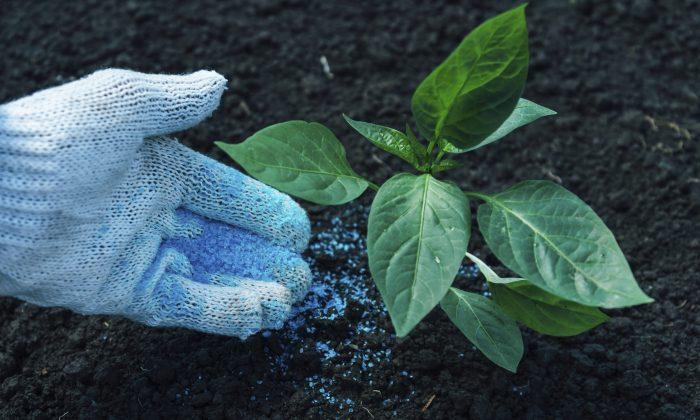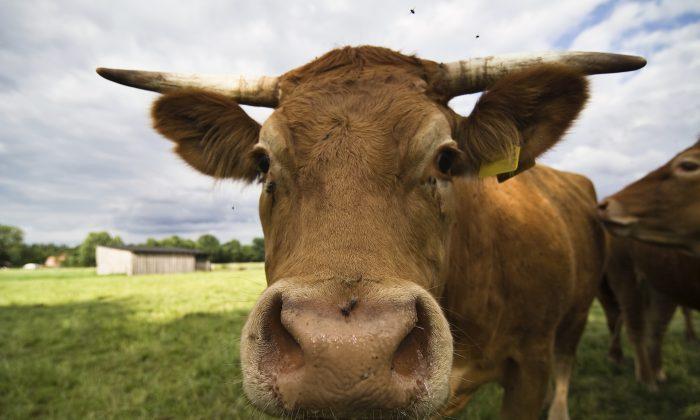Adding nitrogen and phosphorous to the soil beneath grasslands shifts the natural communities of fungi, bacteria, and microscopic organisms called archaea that live in the soil.
Scientists associated with the Nutrient Network, a global grid of scientists who investigate ecological responses in grasslands around the world, reveal that microbial community responses to fertilizer inputs were globally consistent and reflected plant responses to the inputs.
Many soil microbes perform helpful functions to their native ecosystems, and altering those microbial communities may have negative environmental consequences, says Kirsten Hofmockel, an associate professor in the Iowa State University department of ecology, evolution, and organismal biology.
“These shifts are somewhat predictable, and this helps us to understand how human activity can affect microbial communities in the soil, something that isn’t very well understood,” she says.
For instance, some soil microbes change the form of nitrogen in the soil. Ammonia-oxidizing archaea feed on ammonia and then convert it into nitrate. Hofmockel says the research shows that those ammonia oxidizers grow as more nitrogen is introduced, essentially because those organisms have access to more food. As a consequence, increasing amounts of nitrate may leach into waterways, Hofmockel says.
Generally, the researchers found nutrient additions favored fast-growing bacteria and decreased the abundance of fungi that share a symbiotic relationship with grassland plants, Hofmockel says.
The findings appear in the Proceedings of the National Academy of Sciences. The experiments took place on 25 grasslands across the globe as part of the Nutrient Network. The effort is among the first to test if the responses of soil microbial communities to fertilizer remains consistent across a range of environments.
“This is a really cool experiment because it’s a grassroots network,” Hofmockel says. “Pretty much anyone can do these experiments. Everyone has the same size plots set up the same way.”
Iowa State scientists established and maintain one of the experimental sites at the Chichaqua Bottoms Greenbelt in northeast Polk County, she says.
This article was originally published by Iowa State University. Republished via Futurity.org under Creative Commons License 4.0.



